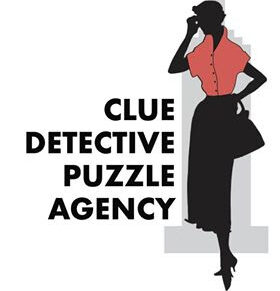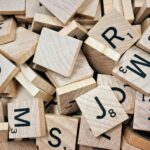Spelling By Numbers
The traditional way of learning to spell is essentially by sounding out the letters, as well as studying them to memorise them. Essentially, we have learned to spell (and read) by sight and rote. We all remember the old adages such as “I before E, except after C”.
At Clue Detective, we believe we have discovered a more scientific approach to spelling by using phonics (sounds) and numbers. We call it Spelling By Numbers.
Unlike the more complex codeword puzzle, where the values are always random, with Spelling by Numbers the code is the alphabet so it doesn’t change; 1 is always A and Z is always 26. Students are given the opportunity to work through easy to follow activities that are designed to sharpen their reading, writing and spelling. Over time it will also help them to solve crosswords and codeword puzzles, which is an excellent way of putting these skills to practical use.
The alphabet is the code!
|
1=A |
2=B | 3=C | 4=D | 5=E | 6=F | 7=G | 8=H |
9=I |
| 10=J | 11=K | 12=L | 13=M | 14=N | 15=O | 16=P | 17=Q |
18=R |
| 19=S | 20=T | 21=U | 22=V | 23=W | 24=X | 25=Y | 26=Z |
|
A sample decoding exercise
It is also good to include some interesting consonants – eg. C, F, P, Q, X and Z, or 3, 6, 16, 17, 24 and 26!
1. 5-24-3-5-12-12-5-14-20
2. 7-15-22-5-18-14-13-5-14-20
3. 22-5-14-20-18-9-12-15-17-21-9-19-20
4. 5-14-20-18-1-14-3-5
5. 1-3-3-9-4-5-14-20-1-12
6. 3-8-9-13-14-5-25
7. 1-13-1-26-5-13-5-14-20
8. 19-5-14-20-9-13-5-14-20-1-12
9. 5-14-10-15-25-13-5-14-20
10. 20-5-14-20-1-20-9-22-5
It’s OK to pass notes in class
Teachers have never looked favourably at students passing notes in class. However, Spelling by Numbers provides a viable exception. It is a great way to help students with their writing and spelling skills and is a lot of fun. It will make your students feel like codebreakers and detectives and bring an air of mystery and intrigue to your English class.
Writing numerical sequences on the blackboard and getting students to solve them individually or in small groups is also effective. As homework, you can also provide them with an exercise consisting of a list of words for them to decipher, either in class or as a homework exercise.
It’s best to start with words with similar letter patterns, perhaps focusing on a particular vowel sound. They will begin to see the words’ structure with the numbers’ help.
As students get used to using the code, you can make the words more imaginative. You can do this by choosing sesquipedalian words, i.e. with lots of syllables. The longer the word, the more interesting it is for them to decode. Shorter words with interesting consonants such as Q, P, Z, X and J are also an excellent idea.
Always keep a dictionary handy!
You can also allow students to choose their own words. Get them to think of a topic and write down a list of associated words. This helps them to develop their research skills. Our Librarian’s Cat word game is also a helpful tool. Have them play a couple of rounds, and then they can encode the words they have thought of, perhaps as a homework exercise. This helps reinforce spelling and retention of the word in their vocabulary.
Rest assured, as they get more confident, it won’t be long before they will look for bigger challenges and will be ready to solve traditional-style crack-the-codeword puzzles!





